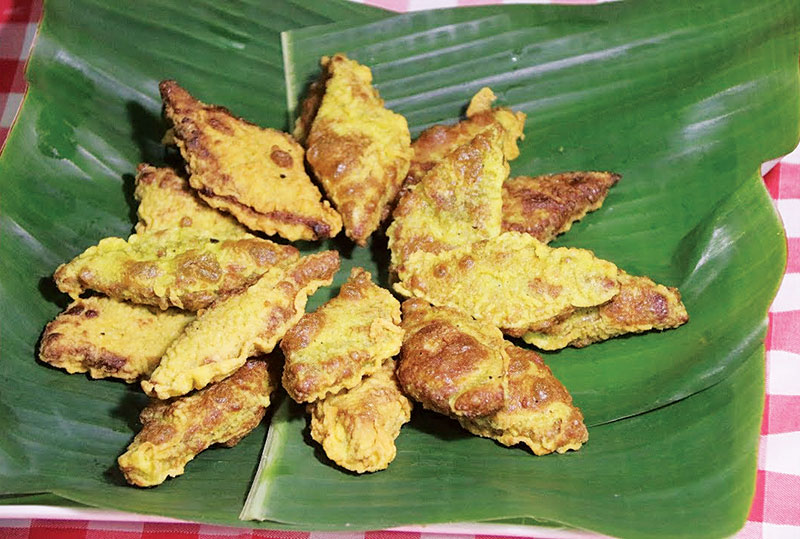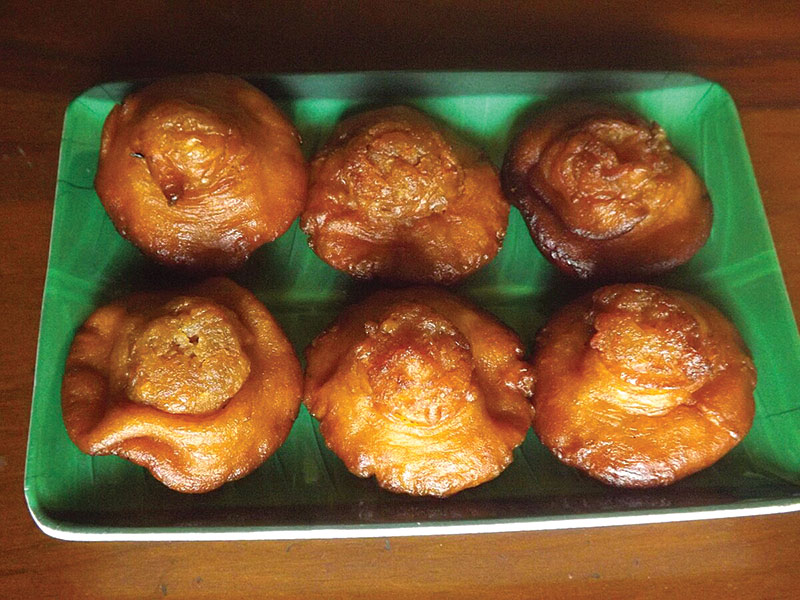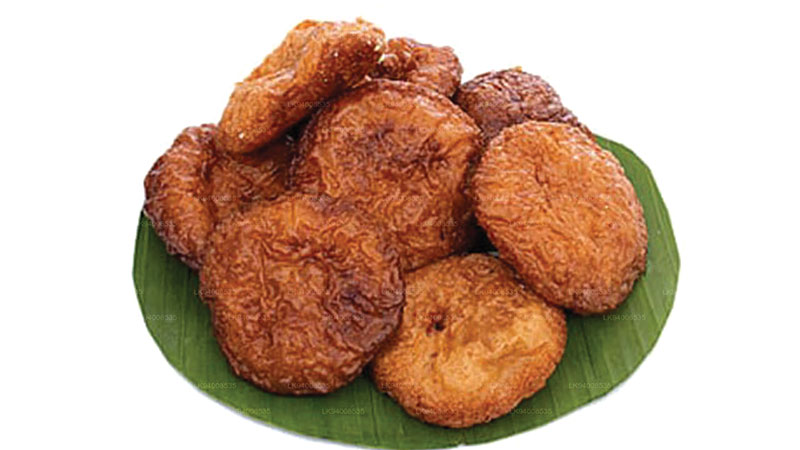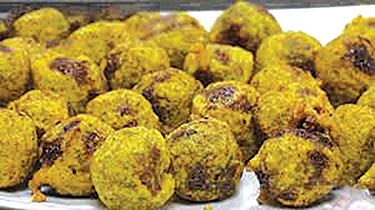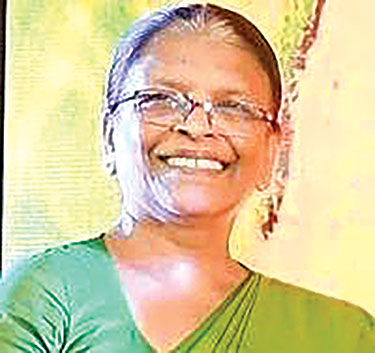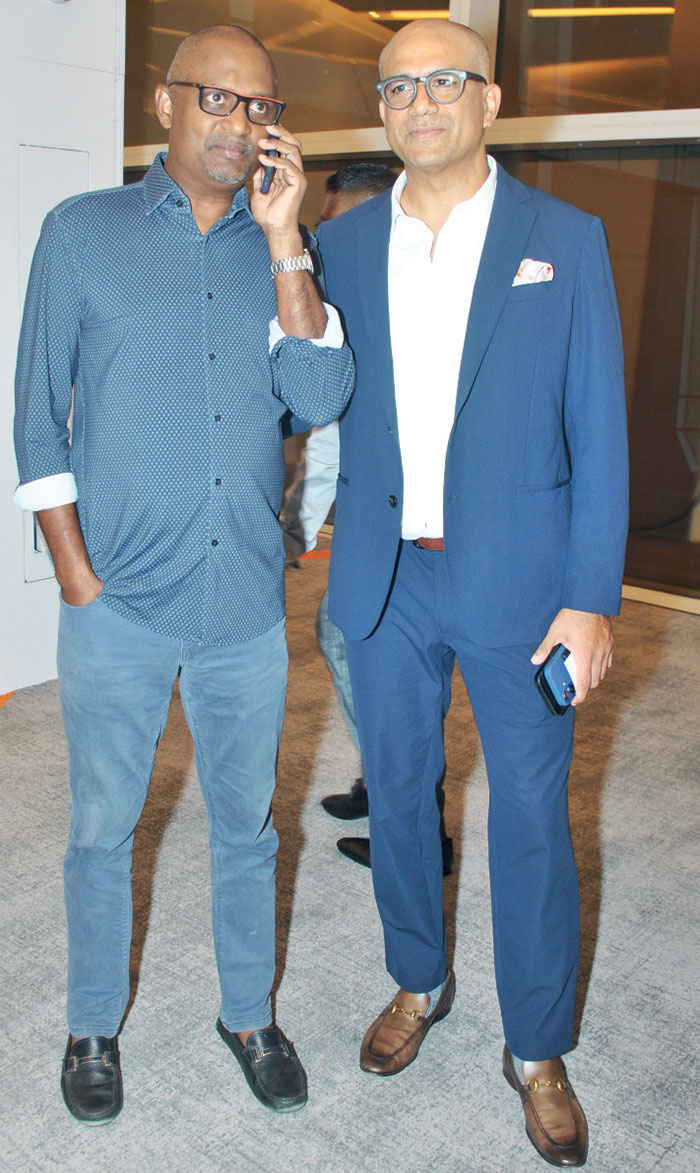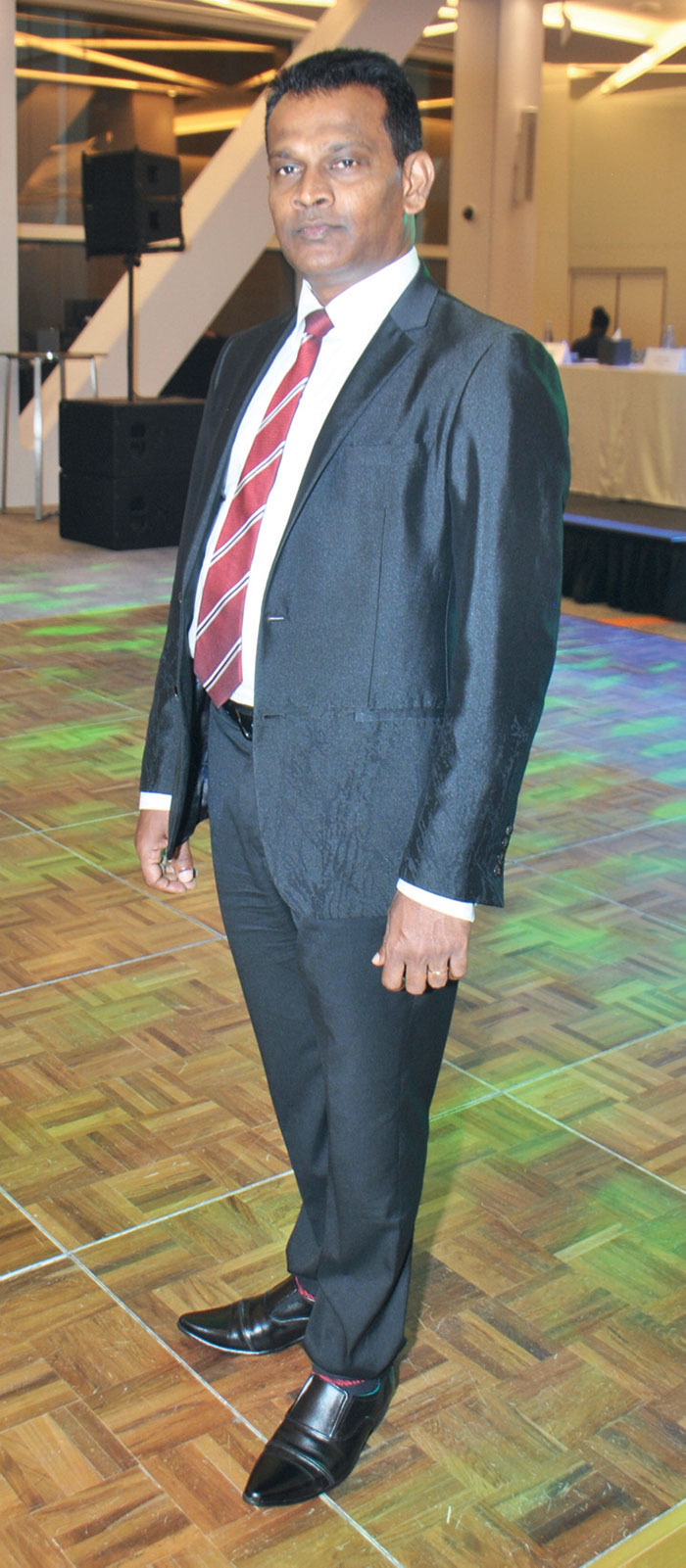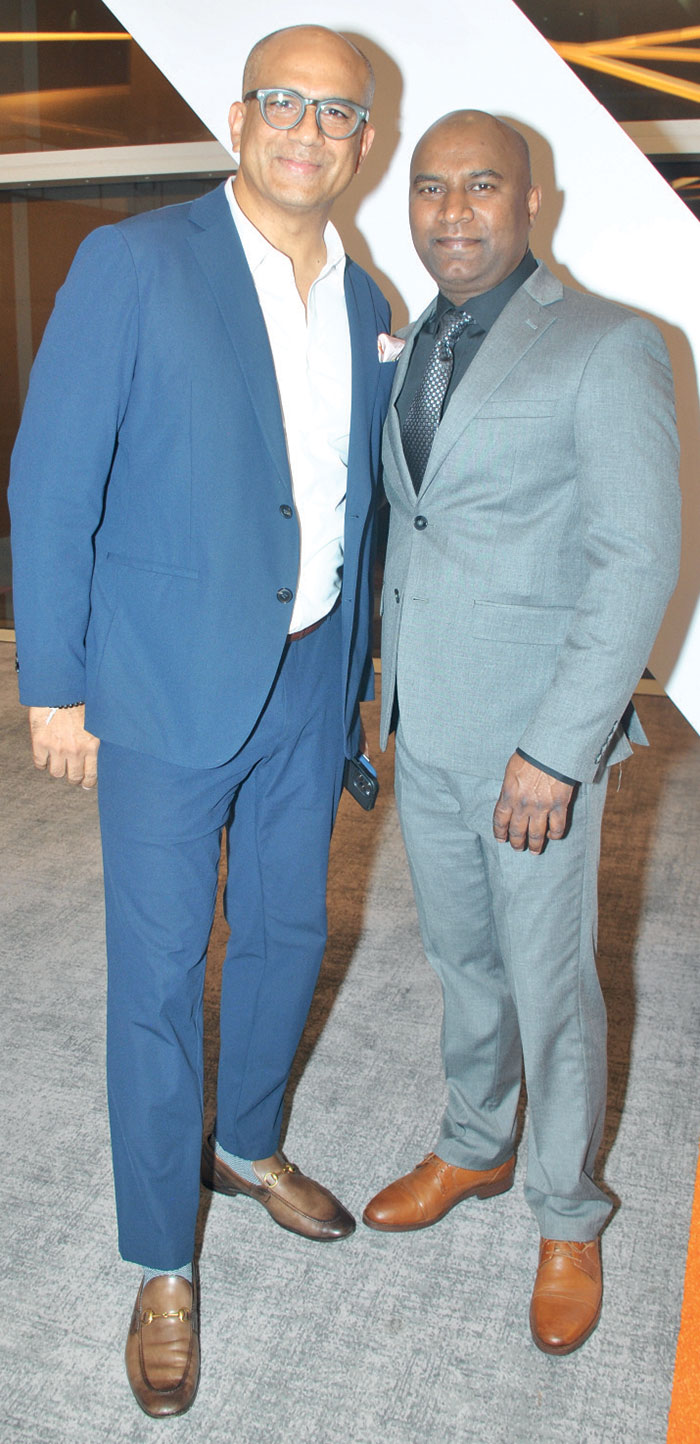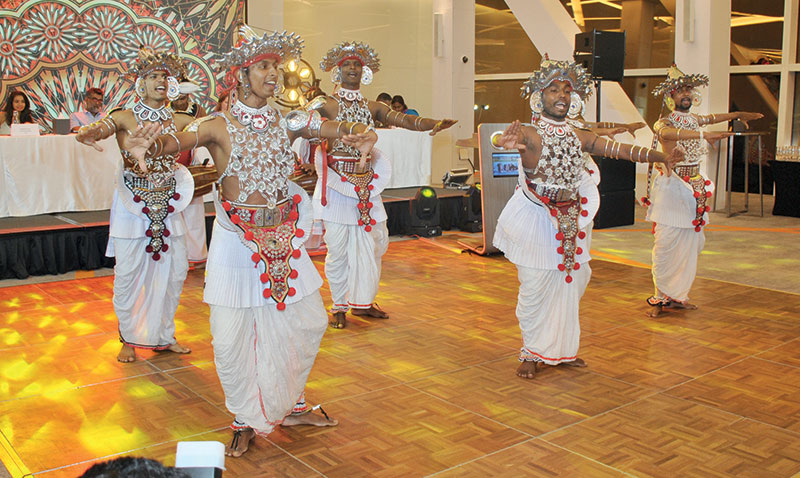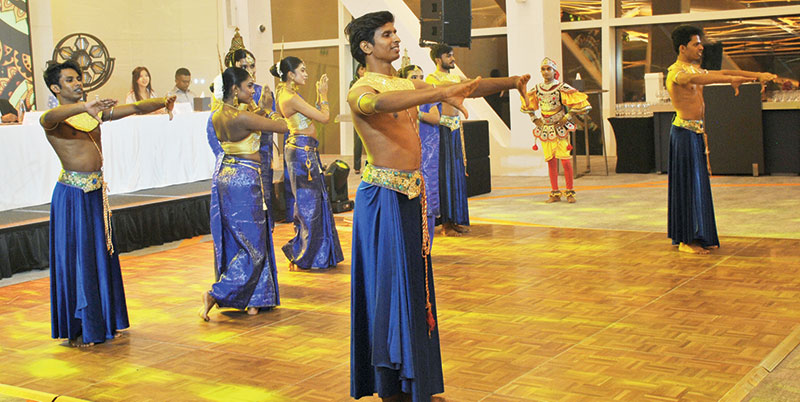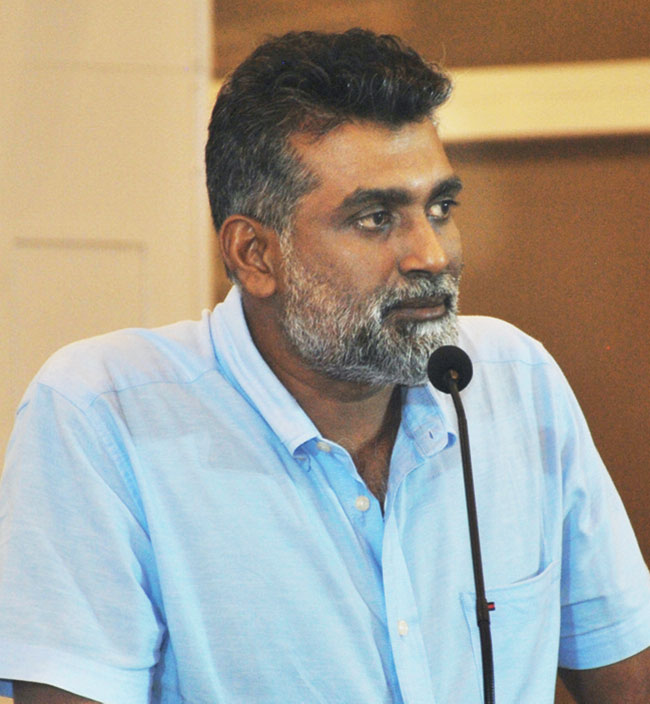Life style
Eating right and playing well

Optimum performance in competitive sports depends on multiple factors and ‘guided diets’ play a decisive role if sportsmen and women are to shine in the international sports arena says, Dr. Ranil Jayawardena, Senior Lecturer and Consultant Clinical Nutritionist from the Faculty of Medicine, University of Colombo and Visiting Fellow at the School of Exercise and Nutrition Sciences, Faculty of Health, Queensland University of Technology, Australia, in an interview with the Sunday Island.
by Randima Attygalle
While training is crucial in competitive sports, along with the sport culture of a particular nation, additional support both mentally and physically shape an international sports star. Added to this are sports psychology, injury prevention recovering support and proper nutrition. “Unlike when indulging in leisure sports, competitive sports demand sophisticated meal patterns and proper supplements for best results which include quick recovery, injury prevention, weight management and general health and wellbeing,” says Dr. Ranil Jayawardena.
In the absence of specialized ‘sports nutritionists’ here at home, many naturally rely on the advice of their ‘seniors’ or online material. “However, each individual requires a personalized dietary schedule depending on his/her socio-economic circumstances, training schedule, body weight, age, gender and the event calendar. For example what a gymnast requires is very different to what a marathon runner needs,” says the Specialist who goes onto add that there is no one diet or supplement for everyone. “One simply cannot generalize advice,” he reiterates.
Getting one’s hydration right is one of the easiest and cheapest nutritional strategies to optimize performance, yet Dr. Jayawardena says it is still one of the commonly overlooked factors by sportsmen. “Hydration is essential for both physical and mental faculties and this involves pre-hydration, during hydration and post-hydration.” Properly corrected Oral Rehydration Solutions such as Jeevani or fruit juices with salt and sugar are recommended here. “One doesn’t need expensive readymade isotonic formulas for proper hydration,” points out Dr. Jayawardena who explains further that sportsmen and women indulging in intense training must monitor their pre and post training body weight to estimate the water loss which needs to be corrected accordingly. “Your urine colour is an indicator of the hydration status. If it is dark, you are still dehydrated. One kilo of body weight loss after a training session represents a need for 1.5 ltr of fluid to be replaced.”
What is traditionally accepted as healthy food may not work for those doing intense sports, notes the Nutritionist. “The body derives energy from carbohydrates, hence choosing the correct carbs is vital for best performance. For instance a pre-training lunch of unpolished rice, high fat meats and fibre-rich vegetables such as dark green vegetables can go against an athlete. These meals reduce the rate of absorption of carbohydrates. Abdominal cramps while exercising are often the results of unabsorbed foods in the gut.”
If a training session exceeds one hour, intermediate carbohydrate-rich food is recommended and post training meal too should contain right carbs to enhance recovering, Dr. Jayawardena explains. “While a simple breakfast of bread, jam and banana is recommended for pre-training breakfast, a lunch of white rice, dhal, eggs/chicken/fish without leafy vegetables is recommended for lunch followed by a sweetened fruit juice, banana, a bun or crackers after training for recovery. While vegetables rich in fibre are discouraged for pre-training lunch since they take time to digest, they are recommended for dinner or four hours before a training session.”
Proteins, as the Specialist remarks, are the ‘building blocks for muscle growth and repair.’ A constant breakdown and regeneration of muscle tissue occurs every day which needs to be fuelled by the dietary intake of protein. Although protein requirement depends on body weight, gender, sport etc, an average sportsman needs 1.2-2.0g protein per kilogram of body weight. However, not all proteins are the same, warns the Nutritionist. “While some proteins are of high quality with all essential amino acids, others are not so.”
Protein intake should also be distributed throughout the day instead of being ‘loaded’ with it only at night. “While meats, poultry, fish, eggs are rich in proteins, pulses and nuts have a high level of carbohydrates and fat contrary to the common belief that they have a high concentration of proteins,” points out Dr. Jayawardena.
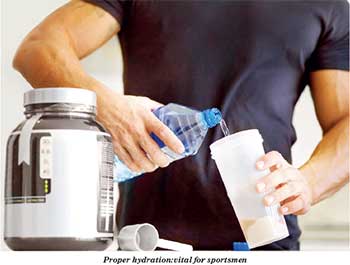 For competitive sportsmen and women, supplements are essential says the Nutritionist. These supplements however should be carefully selected on proper guidance either by a nutritionist or a sports physician, as some may contain banned substances for which they are tested nationally and internationally, he says. An overdose of them could also result in weight gain. “There are very safe Protein supplements including Whey protein, Casine protein, BCAA proteins, Amino acids capsules etc. If they select the correct product, they can be used to supplement and achieve daily protein requirements and help build muscle mass necessary for performance.” Reputed brands and reputed suppliers of the supplements are keys to safety, he adds.
For competitive sportsmen and women, supplements are essential says the Nutritionist. These supplements however should be carefully selected on proper guidance either by a nutritionist or a sports physician, as some may contain banned substances for which they are tested nationally and internationally, he says. An overdose of them could also result in weight gain. “There are very safe Protein supplements including Whey protein, Casine protein, BCAA proteins, Amino acids capsules etc. If they select the correct product, they can be used to supplement and achieve daily protein requirements and help build muscle mass necessary for performance.” Reputed brands and reputed suppliers of the supplements are keys to safety, he adds.
The supplements as Dr. Jayawardena explains, should be gradually introduced to a budding sportsman or woman, starting with very basic ones around the age of 16. “We don’t prescribe them at a very young age as this will impede their increase in performance at a more mature level. However, multi-vitamin mineral and iron supplements (latter especially for menstruating girls) are recommended depending on the individual requirement.” Vitamin D supplements are often recommended for those involved in indoor training (ex: squash, badminton, table tennis etc) to improve both bone and muscle health. “The urban Sri Lankan population is reported to be having Vitamin D deficiency as their exposure to the morning sunlight is minimum unlike the agrarian community of the country.”
He also warns of high doses of vitamin supplementations. “Very often we see them taking several multi-vitamins as well as high doses vitamins in isolation. Vitamin E is commonly abused since is no recognized deficiencies”
For vegetarians and vegans, pursuing an intense training sport could be a tough journey, observes Dr. Jayawardena. “Since their natural intake of proteins is very low, such people will have to rely on a very high intake of quality protein supplements. Maintaining body weight could also become challenging for vegetarians who tend to be partial to milk, curd, paneer and tofu rich in fat.”
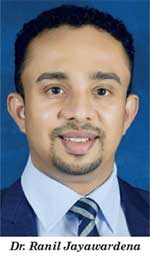 Fats from healthy sources such Omega 3 which is found in oily fish is highly recommended for those pursuing competitive sports. Moreover, Monounsaturated fatty acids are healthier compared to saturated fats. “Olive, avocado are also recommended provided there are no concerns about the body weight,” explains Dr. Jayawardena who urges to watch all fat types as they all contain a certain amount of calories.
Fats from healthy sources such Omega 3 which is found in oily fish is highly recommended for those pursuing competitive sports. Moreover, Monounsaturated fatty acids are healthier compared to saturated fats. “Olive, avocado are also recommended provided there are no concerns about the body weight,” explains Dr. Jayawardena who urges to watch all fat types as they all contain a certain amount of calories.
Understanding what and when to eat on a daily basis will have a huge impact on performance, mood, sleep, health and energy levels which should never be underestimated, says the specialist. Adding a variety of fruits and vegetables to the daily diet (at least two fruits and three vegetables per day) and two dairy products is essential.
Dr. Jayawardena, with his global exposure to sports nutrition, lobbies for both academic and professional intervention in this field locally. Voicing his concerns over the lack of ‘sports nutrition education’ in the country Dr. Jayawardena remarks: “it is still not part of our local medical curriculum. We only deliver it as a voluntary module which should not be the case,” Citing the Australian experience of a qualified sports nutrition education system complete with exercise physiologist, sports nutritionists and sports psychologists, he calls for intervention at national level at a time when the demand for such professionals is overwhelming to take the Sri Lankan sporting talent to the next level.
Life style
Kevum – Befitting a King
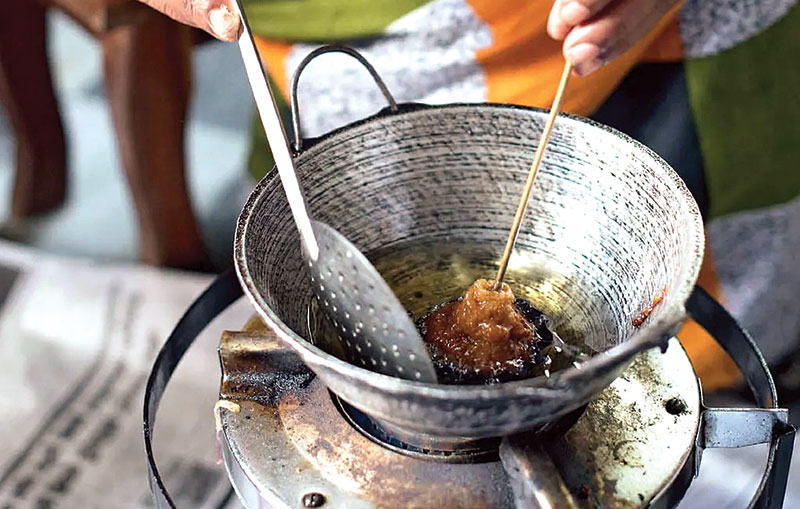
The culmination of Avurudu preparations in my childhood with my grandparents was marked by the ritual of Kevum-making. Athamma would ‘book in advance’ the kevum specialist Soida Hami (Soida aachchi to us children), and install a special hearth in her back verendah for the grand moment. I would watch Soida aachchi in wonderment as her thick batter of rice flour and best of kithul treacle shaping into kevums in a hot wok of coconut oil. The long kevum koora in her nimble fingers would achieve the feat of the perfect konde. It was almost a rite of reverence, so much so I was not supposed to talk to her until the first batch of Konda-kevums was completed. Like many old-folk of her vintage, Soida aachchi believed that talking while the first few kevums are done would result in a flawed product.
She would then place each perfect Konda kevuma on a banana leaf for the excess oil to drain. Once the whole exercise was completed, she would place Konda-kevum in large earthen pots and store them in the dum messa or the storage area above the main hearth of the kitchen. She would spare me only one kevuma and the rest had to wait until the auspicious time on avurudu day!
Travellers’ records
Robert Knox an English sailor who was held in captive in the court of the Kandyan King Rajasinghe II and one of the prolific chroniclers of ancient Ceylon in his famous work, An Historical relation of the Island Ceylon documents on the sweet meats of Lankans with a special account of kevum.
‘They have several sorts of sweet-meats. One they call Caown. It is like to a fritter made of Rice-flower and Jaggory. They make them up in little lumps and lay them upon a leaf, and then press them with their thumbs and put them into a frying-pan and fry them in Coker-nut Oyl or Butter. When the Dutch came first to Columba, the King ordered these Caown to be made and sent to them as a royal treat. And they say, the Dutch did so admire them, that they asked if they grew not upon trees, supposing it past the Art of man to make such dainties.’ (Spelling as in the original Knox)
The account of Knox enables rich insights into this wonder of a sweet meat which enthralled many a traveller to the island including dignitaries. The European trader Cosmas who visited Ceylon in 545-550 AD, documents that along with gems, Kevum and Kalu dodol from Ceylon were taken to the Roman court of Emperor Claudius during the sixth century.
- Mun kevum
- Konda kevum
- Athirasa
Classical literature
Kevum dates back to ancient times and our classical texts such as the Ummagga jatakaya, Pujawaliya and Saddharma Ratanawaliya bear evidence to this fact. “Originally known as poopa this sweet meat came to be known as kevum in the Dambadeniya-Kurunegala era. Jathaka atuwa getapadaya mentions 18 kinds of sweet-meats found in the ancient Sri Lanka and among them are several types of kevum such as sendi kevum, mal kevum, athirasa, pena kevum, raa-kevum,” says Prof. Kusumalatha Lankamulla from the Department of Sinhala and Mass Communication at the University of Sri Jayewardenepura.
This scholar with research interest in Culture, Traditional and Modern Literature goes onto note that Mahawamsa in its 32nd chapter refers to two types of kevum in the context of alms offered by King Dutugemunu. The two types- thel kevum and maha de kuvum mentioned, were fried in ghee. “Many of our classical texts mention kevum in multiple festive contexts beyond avurudu. In Ummagga jathakaya, kevum is mentioned as a fitting gift to be taken when visiting parents. Saddharma Ratanawaliya refers to boxes of kevum or kevum pesa.“
An energy booster
Among the popular kevum types found today are Konda kevum, athirasa, mun-kevum, naran kevum and hendi-kevum. Although the ingredients used for each type may slightly differ, rice flour and treacle (now largely replaced with sugar) remain common to all. The much sought after Konda kevum which is relatively a later addition to the range of kevum found here at home is believed to have originated during the Kandyan period says Prof. Lankamulla. “During the Kandyan period, men were prohibited from cutting their hair off and they had to tie it in form of a knot on top of their heads. Konda kevuma is believed to have been inspired by this practice.”
Traditionally, Sinhalese soldiers were given a bag of kevum when going to war. History has it that King Dutugemunu went a step ahead and used kevum to treat wounded soldiers. His army used to prepare kevum months in advance and keep them exposed to air so that the mould can grow on them.
This mould in today’s language had ‘antibiotic properties’ and was used on the wounds of the soldiers to prevent them from festering. “In a bid to undermine the pride of place given to kevum as a super food by the locals, the British coined the famous derogatory adage: ‘Sinhalaya is a fool but is an ace at eating kevum’. (Sinhalaya modaya-kevum kanna yodaya)
Steeped in tradition
Superstitious beliefs surrounding the process of kevum-making are not uncommon and these vary from region to region in the island, says Prof. Lankamulla. Regardless of the region, several common traditions were followed by our ancestors and these still continue to be observed in several parts of the country, she says. “The frying pan with coconut oil to prepare the kevum was kept on fire at an auspicious time and village matriarchs who were highly skilled were mobilized for the occasion. Women also believed that they must refrain from talking when the first kevum is being made. For centuries, the first kevum was considered to be the ‘konduru kevum’, dedicated to the sledge-fly or the konduruwa. The village women would hang the first kevum up for the insects so that the rest would be unspoilt.”
With the passage of time, many Lankans, particularly city-dwellers depend on commercially available avurudu kevili including kevum. Although kevum is synonymous with avurudu, today people get to enjoy it round the year thanks to many sweet meat kiosks found in cities. Although these outlets have best sales during avurudu, they get plenty of orders from Lankans travelling abroad or coming home for vacation at other times of the year as well.
One such die-hard kevum fan is Uthpala Ranatunga from Ottawa, Canada. “My Loku amma (oldest aunt) makes it a point to pack me a parcel of best quality Konda kevum to take with me whenever I’m in Sri Lanka for a vacation.
I deep-freeze them for longer use and eat them sparingly,” says Uthpala to whom kevum is always a strong reminder of home. “Each time I indulge in them I feel nostalgic and miss home.”
Kevum is an integral part of the Lankan culture, finding its way from ancient classical literature to that of the contemporary including children’s literature and arts. The much-loved sweet meat is celebrated in the work of Sybil Wettasinghe – the iconic story teller and illustrator.
Come avurudu, we often hear the intonation of Lionel Ranwala, the eminent musician, vocalist and an authority on Sri Lankan folk music, whose tribute to the enduring legacy of this delicacy is one of the best in our times:
BY RANDIMA ATTYGALLE
Me avurudu kale -sinaha weyan rale
Thel ihirunu kewum gediya wage…
Life style
Festive glamour at Nethara

Nethara Collection ,is a world of export quality garments in Diulpitiya, Boralesgamuwa, is infused with an ultra festive spirit this season catering to the women of today. Unbelievable offers and discounts from Nethara for Sinhala anTamil new year. On selection of women’s clothing, ranges from casual options to formal occasion wear,all at friendly prices,to enhance your wardrobe this festive season.
Nethara collection, started small in 2017, but soon it outgrew, today with an ever increasing customer base, branded and non branded clothing this shopping centre has become very popular. Export quality , stylish dresses, crop tops, fancy blouses, trousers and many more to flaunt yourself and enhance your wardrobe.Their extensive collection, maintain low pricing allowing everybody to have a chance to shop till they drop dead. From casual wear to formal wear,they have women to men’s items like tee shirts, shirts for every occasion.
Nethara clothing has long remained a name that has struck a chord with Sri Lankan shoppers. “We believe our success has been based up on the premise that absolute sincerity towards customers and no matter what the economic situation that prevails, we try our level best to keep our prices low and within everybody’s budget, said managing director, Nethara Collection Sampath Kumara.
This April season Nethara collection brings an all new collection of export quality seasonal wear. Celebrate the season with exclusive offers made just for you! Dresses, blouses, casual, formal wear denim, men’s shirts and many more… world of limitless style and joy!
This festive season Nethara unwraps a celebration of warmth, style and sophistication. Immense yourself in a vibrant festive atmosphere as you explore thier collection under one roof 345 Boralasgamuwa With a focus on quality, affordability and customer satisfaction, Nethara export quality boutique invites you to celebrate the Sinhala and Tamil New Year in style.
(Zanita)
Life style
Sri Lanka tourism unveils strategic vision
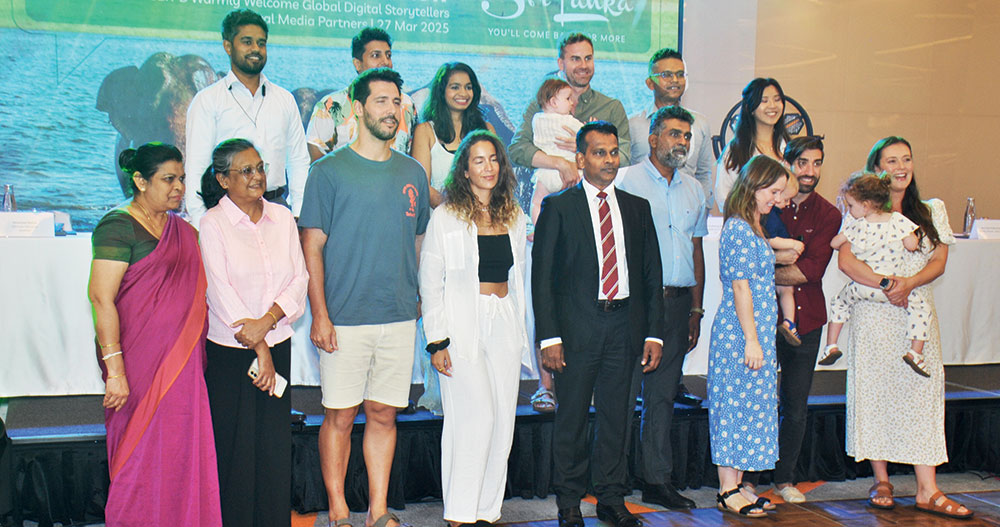
Sri Lanka Tourism Bureau hosted a landmark event at cinnamon Life for an ambitious campaign to spotlight Sri Lanka as a top travel destination. This initiative hosted international influencers and local media to capture the unique charm of Sri Lanka’s destinations. These travel influencers will share thier real time content across platforms like Instragrams Tik Tok and youtube amplifying Sr Lanka as a must visit destination. Many media personal, bloggers and influencers participated in this event which will take them on a tourism travel featuring some of Sri Lanka’s top destination.
Sri Lanka Tourism Promotion Bureau (SLTPB) hosted a landmark event at the Cinnamon Life Hotel, Colombo. The event was led by . Deputy Minister of Tourism, Prof. Ruwan Ranasinghe, with the participation of SLTPB Chairman Buddika Hewawasam, officials, travel influencers and their families, as well as journalists specializing in tourism sector reporting. The gathering set the stage for transformative initiatives aimed at bolstering Sri Lanka’s tourism sector and redefining its global image.
In his opening remarks, Buddika Hewawasam underscored the challenges facing the tourism sector, particularly the seasonal dip in arrivals during the summer months. “The next few years will be the most challenging period for all of us,” Hewawasam stated, emphasizing the need for international collaboration and strategic development. He further highlighted the critical role played by international travel influencers and media professionals in raising awareness of Sri Lanka’s hospitality and inspiring tourists worldwide to visit.
- Dileep Mudadeniya
- Deputy Minister of TourismProfess or Dr Ruwan Ranasinghe
- Guests
The Deputy Minister of Tourism, Prof. Ruwan Ranasinghe, detailed the innovative nature of the campaign and its importance in showcasing Sri Lanka’s rich heritage, natural beauty, and diverse travel experiences to mainstream and emerging tourism markets.
During the event, several prominent travel influencers shared their thoughts about Sri Lanka’s uniqueness as a destination. They highlighted that Sri Lanka is a country where travellers don’t need to worry about finding incredible experiences—nature has already done the hard work. The influencers remarked on Sri Lanka’s unparalleled diversity, noting that it is possible to experience a range of climates within just a few hours by travelling to different parts of the island. From sun-soaked beaches to misty highlands, and from lush forests to cultural treasures, Sri Lanka offers a world of adventures in a compact and accessible setting.
In comparison to destinations like Bali, which some influencers noted as overcrowded, Sri Lanka stands out with stable and balanced tourism activities. The event attendees were thrilled by the country’s warm hospitality, authentic DDirector cuisine with an impressive variety, long history, and rich culture. These qualities make Sri Lanka not only inviting but genuinely unforgettable for visitors.
The travel influencers in attendance expressed strong confidence in their ability to share this powerful message with the world. They were determined to shape international travel trends by showcasing Sri Lanka’s unique appeal, while also helping to attract new types of guests. The influencers represented a diverse range of travel segments, including family travellers, solo female travellers, honeymooners, and adventure seekers. Their efforts were supported by Sri Lanka Tourism officials and journalists representing both local and international media agencies.
The ‘Sri Lanka, A Story for Every Season’ campaign represents SLTPB’s first large-scale effort to boost summer travel through digital storytelling and influencer collaboration.
Featuring a curated destination familiarization tour, the campaign will spotlight wildlife safaris, cultural heritage, spiritual pilgrimage sites, scenic landscapes, and adventure tourism. Influencers will produce high-impact content for platforms like Instagram, YouTube, and Facebook, reaching over 2.2 million travel enthusiasts globally.
Sri Lanka Tourism shared impressive winter peak season results, with international arrivals reaching 665,295 by March 23, 2025—a marked increase compared to the previous year. These figures illustrate the sector’s potential for growth, and the campaign aims to sustain momentum throughout the summer months.
The event was a call to action for stakeholders to unite in elevating Sri Lanka’s global tourism appeal. With plans to generate over LKR 32 million worth of media coverage and connect with diverse travel segments, the campaign underscores Sri Lanka’s commitment to redefining itself as a leading destination for year-round travel.
By Zanita Careem
Pix by Darmasena Welipitiya
-

 Business2 days ago
Business2 days agoStrengthening SDG integration into provincial planning and development process
-

 News6 days ago
News6 days agoBid to include genocide allegation against Sri Lanka in Canada’s school curriculum thwarted
-

 Business1 day ago
Business1 day agoNew SL Sovereign Bonds win foreign investor confidence
-

 Sports3 days ago
Sports3 days agoTo play or not to play is Richmond’s decision
-

 Business1 day ago
Business1 day agoDaraz Sri Lanka ushers in the New Year with 4.4 Avurudu Wasi Pro Max – Sri Lanka’s biggest online Avurudu sale
-

 Latest News5 days ago
Latest News5 days agoIPL 2025: Rookies Ashwani and Rickelton lead Mumbai Indians to first win
-
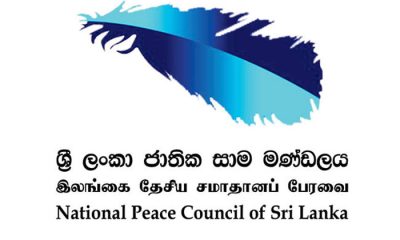
 News6 days ago
News6 days agoSL needs a comprehensive solution, not selective justice: NPC
-
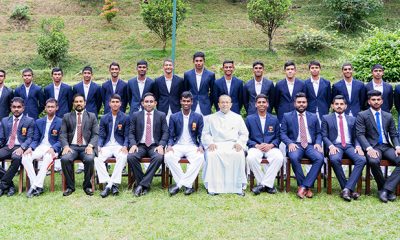
 Sports4 days ago
Sports4 days agoTrinity, St. Anthony’s out to end decade long victory drought


